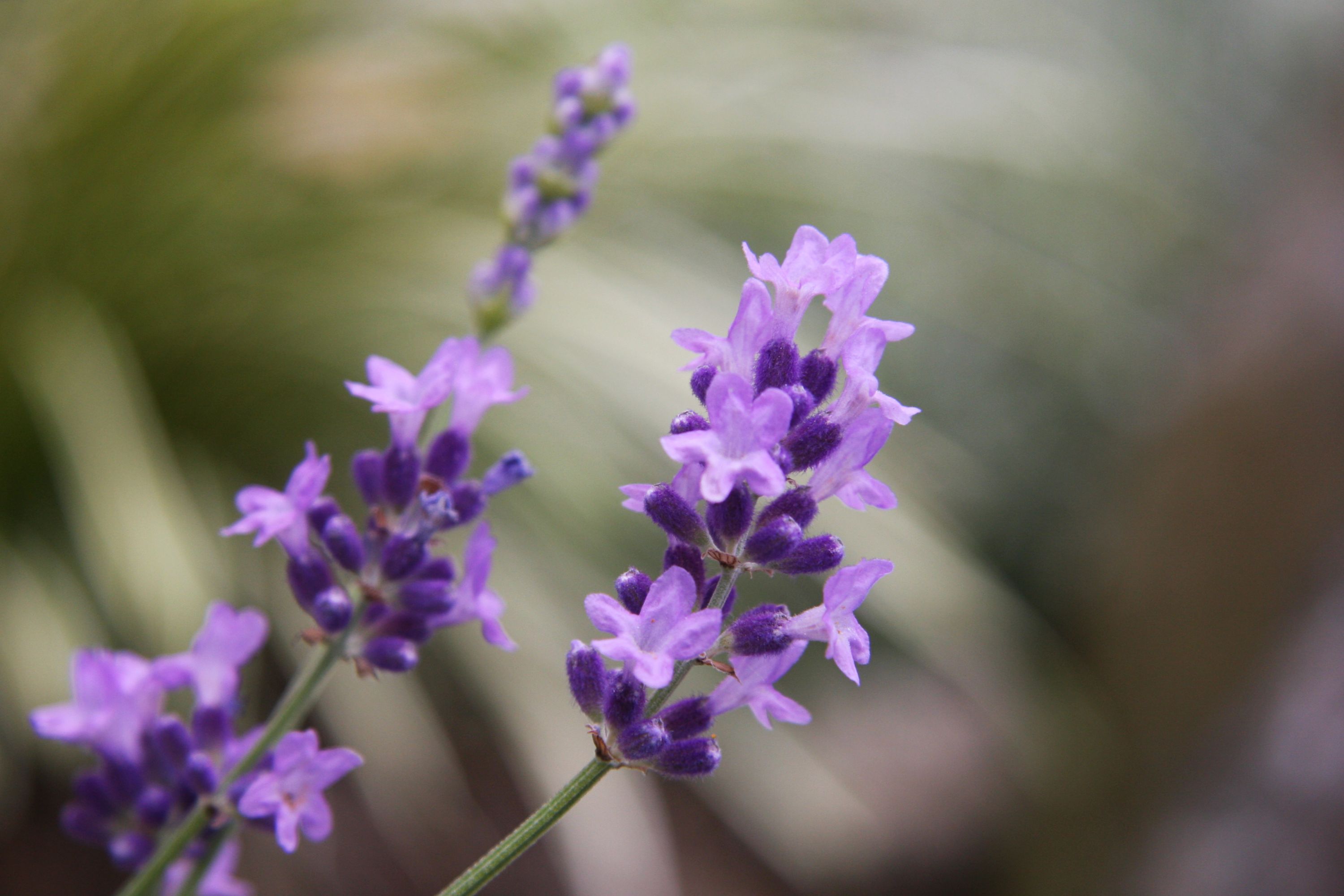English lavender
(Lavandula angustifolia)

Description
Lavandula angustifolia, commonly known as English lavender or true lavender, is a flowering plant species in the genus Lavandula. It is a member of the mint family (Lamiaceae) and is native to the Mediterranean region, primarily the hills and mountains of Spain, France, and Italy. English lavender is a popular garden plant, known for its fragrant flowers and ability to attract bees, butterflies, and other pollinators. Taxonomy and Nomenclature: The scientific name for English lavender is Lavandula angustifolia, with Lavandula being the genus and angustifolia being the species epithet. The name "Lavandula" is derived from the Latin word "lavare," which means "to wash," because the plant was commonly used in ancient times as a bath additive. The common name "lavender" is also derived from the Latin word "lavare." Description: English lavender is a small, woody shrub that typically grows to a height of 20-60cm (8-24 inches). It has narrow, grey-green leaves that are about 2-6cm (0.8-2.4 inches) long, and are arranged in opposite pairs along the stem. The plant produces long, slender stems that are topped with spikes of fragrant, blue-violet flowers. The flowers are arranged in whorls around the stem, and each whorl has six to ten individual flowers. Habitat: English lavender is native to the Mediterranean region, where it grows in rocky, well-drained soils in sunny, dry habitats. It is commonly found growing in hills and mountains, and can tolerate temperatures as low as -10°C (14°F). The plant is also grown as a commercial crop in many parts of the world, including France, England, and the United States. Cultivation: English lavender is a hardy plant that is relatively easy to grow. It prefers full sun and well-drained soils, and is tolerant of dry conditions once established. The plant is typically propagated by cuttings or from seed, and should be pruned back in the spring to encourage bushy growth and promote flowering. English lavender can be grown in containers or as a garden plant, and is often used in rock gardens, herb gardens, and as a border plant. Uses: English lavender has a long history of use in traditional medicine, and is believed to have antiseptic, anti-inflammatory, and calming properties. The plant has been used to treat a variety of conditions, including headaches, anxiety, insomnia, and digestive problems. The essential oil extracted from the plant is also used in aromatherapy and as a fragrance in perfumes, soaps, and other cosmetic products. English lavender is also a popular culinary herb, and is used to flavor a variety of dishes, including desserts, teas, and sauces. The flowers can be used fresh or dried, and are often used to decorate cakes and other baked goods. In addition, the plant is a popular ingredient in herbal teas, and is known for its calming and relaxing properties. In the garden, English lavender is a popular ornamental plant that is prized for its fragrant flowers and ability to attract pollinators. The plant is often used in herb gardens and as a border plant, and can also be used to create hedges or as a ground cover. Conclusion: English lavender is a versatile and valuable plant that has been used for centuries for its medicinal, culinary, and ornamental properties. It is a hardy plant that is relatively easy to grow, and can be used in a variety of ways in the garden, kitchen, and medicine cabinet.
Taxonomic tree:







